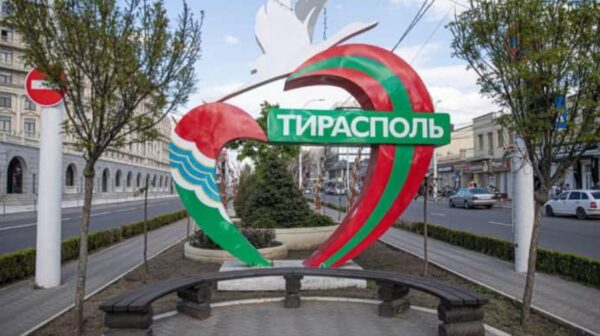In a world where national borders define sovereignty, there exists a place that functions like a country in every sense—but officially, it doesn’t exist.
We are here to talk about
Transnistria, a breakaway region on the eastern edge of Moldova, sandwiched between the Dniester River and Ukraine.
While it has its own government, currency, military, and border controls, it remains unrecognized by the international community, earning it the title of a “phantom state.”
Transnistria, officially called the Pridnestrovian Moldavian Republic (PMR), declared independence from Moldova in 1990 following the collapse of the Soviet Union.
The move was driven by fears that Moldova would reunite with Romania, a concern among the region’s predominantly Russian-speaking population.
However, despite its self-declared sovereignty, no United Nations member recognizes
Transnistria as an independent nation—not even Russia, which is its strongest ally.
Some call it a Soviet time capsule
One can say that this is the place where the Soviet Union never truly ended. Visiting
Transnistria truly feels like stepping back in time. Tiraspol, the de facto capital, is adorned with Lenin statues, hammer-and-sickle emblems, and streets named after Communist leaders. They even have a local currency, the Transnistrian ruble. However, the currency is not recognized outside its borders.
It’s interesting to note that Moldova considers
Transnistria part of its territory, but the region continues to operate autonomously, with its own flag, military, and governing institutions. Even their passports are not valid in most countries.
Life in Transnistria, a ‘country’ that is not really a country
Despite its political limbo, life in Transnistria carries on. The streets of Tiraspol are lined with old Soviet-era buildings, but there are also cafés, schools, and markets bustling with activity. The economy relies on Russian aid, local industries, and unregulated trade.
The easiest way to reach Transnistria is via Moldova, as there are no direct flights into the region. Most travelers arrive from Chișinău, Moldova’s capital, which is about 70 km from Tiraspol, the de facto capital of Transnistria.
Interestingly, no official visa is required for foreign travelers visiting
Transnistria for up to 45 days. Instead, you receive a migration card at the border for the exact number of days one is going to be in
Transnistria. Visitors will also have to show valid travel documents for Moldova or Ukraine.
By bus/marshrutka (minibus): Regular minibuses and buses travel from Chișinău’s central bus station to Tiraspol.
By train: There are limited train services, mainly connecting Chișinău and Odessa (Ukraine), with a stop in Tiraspol.
By taxi: Taxis are available but more expensive. Make sure to negotiate the fare beforehand.








